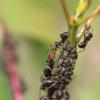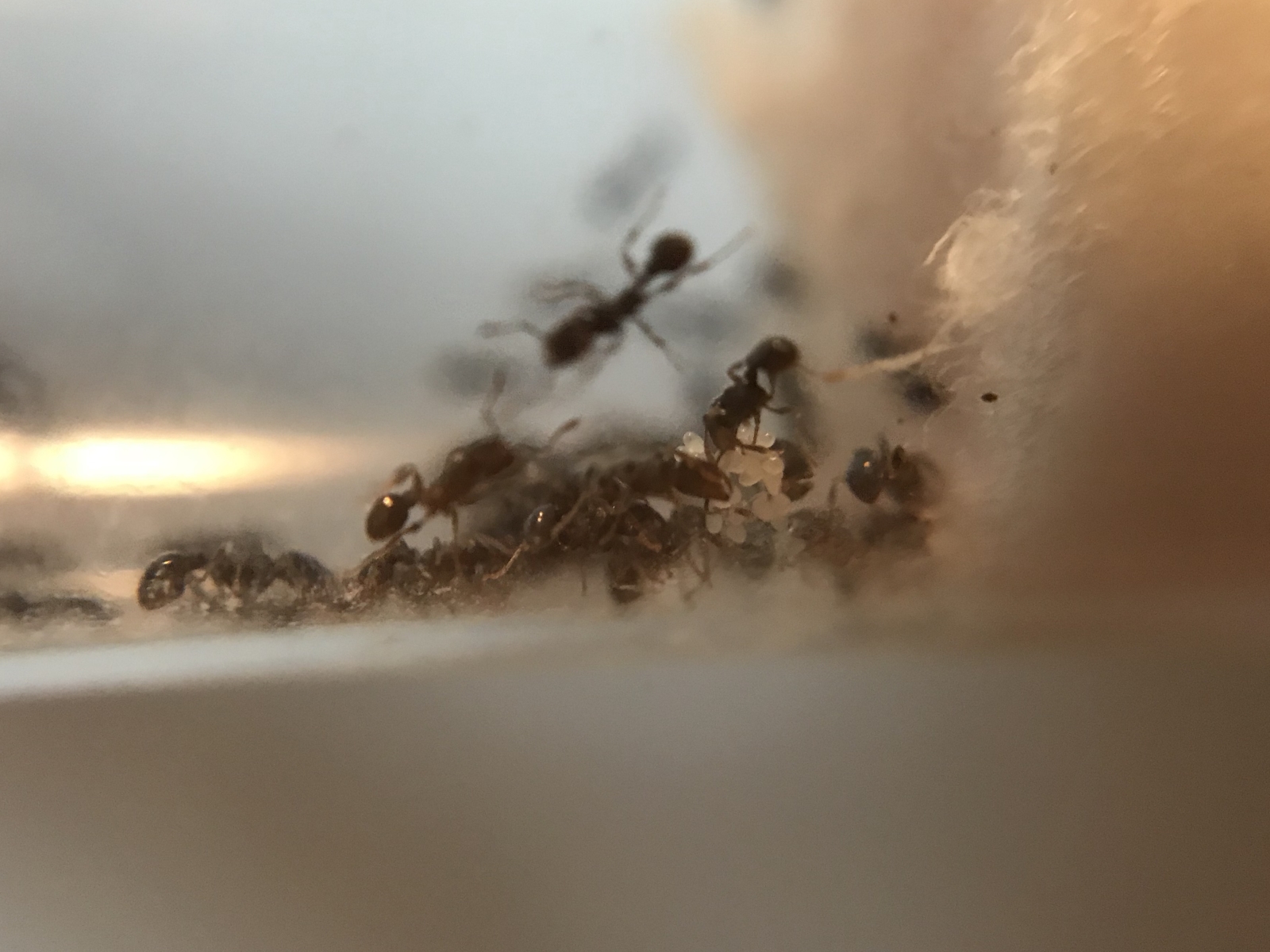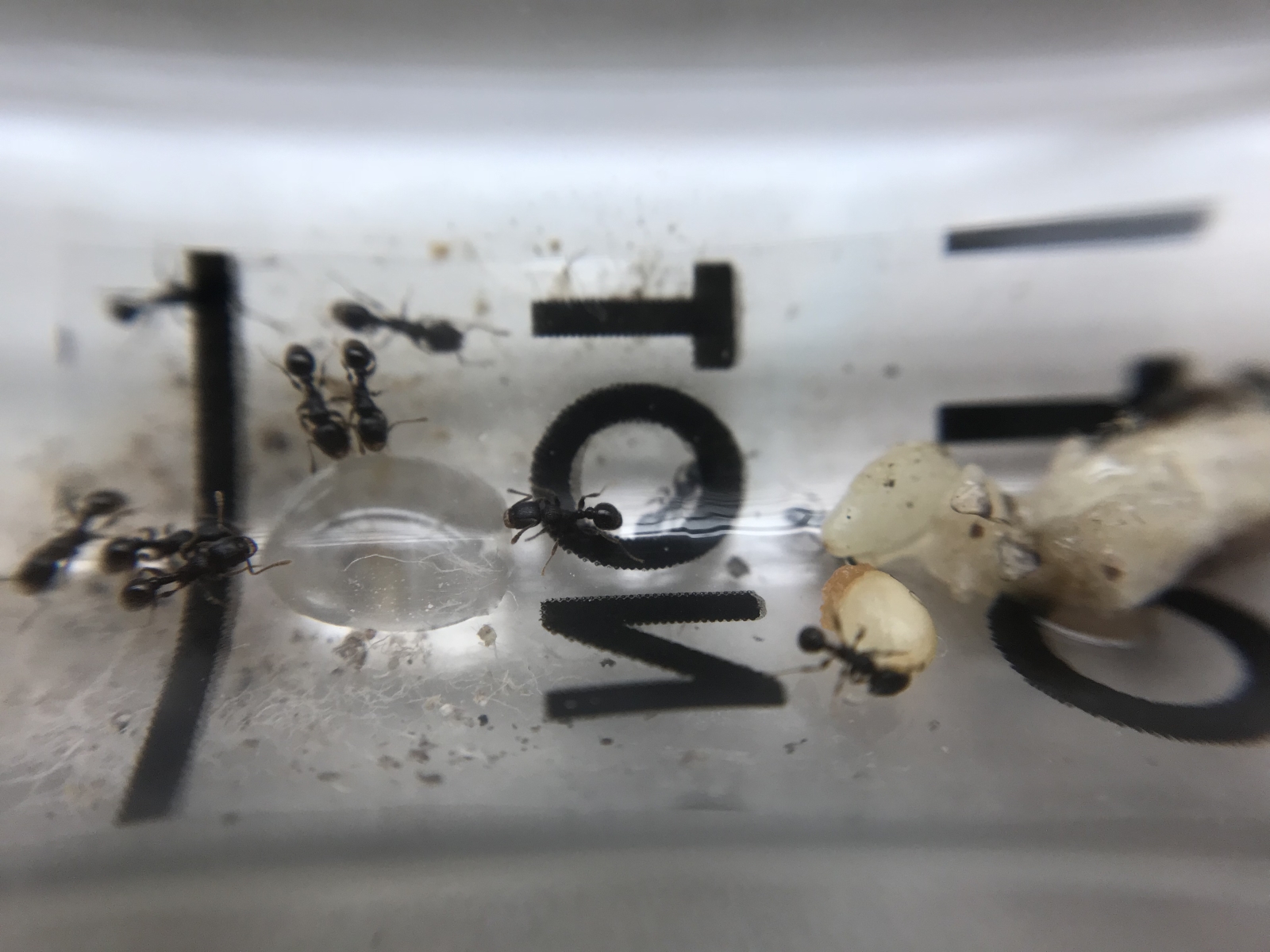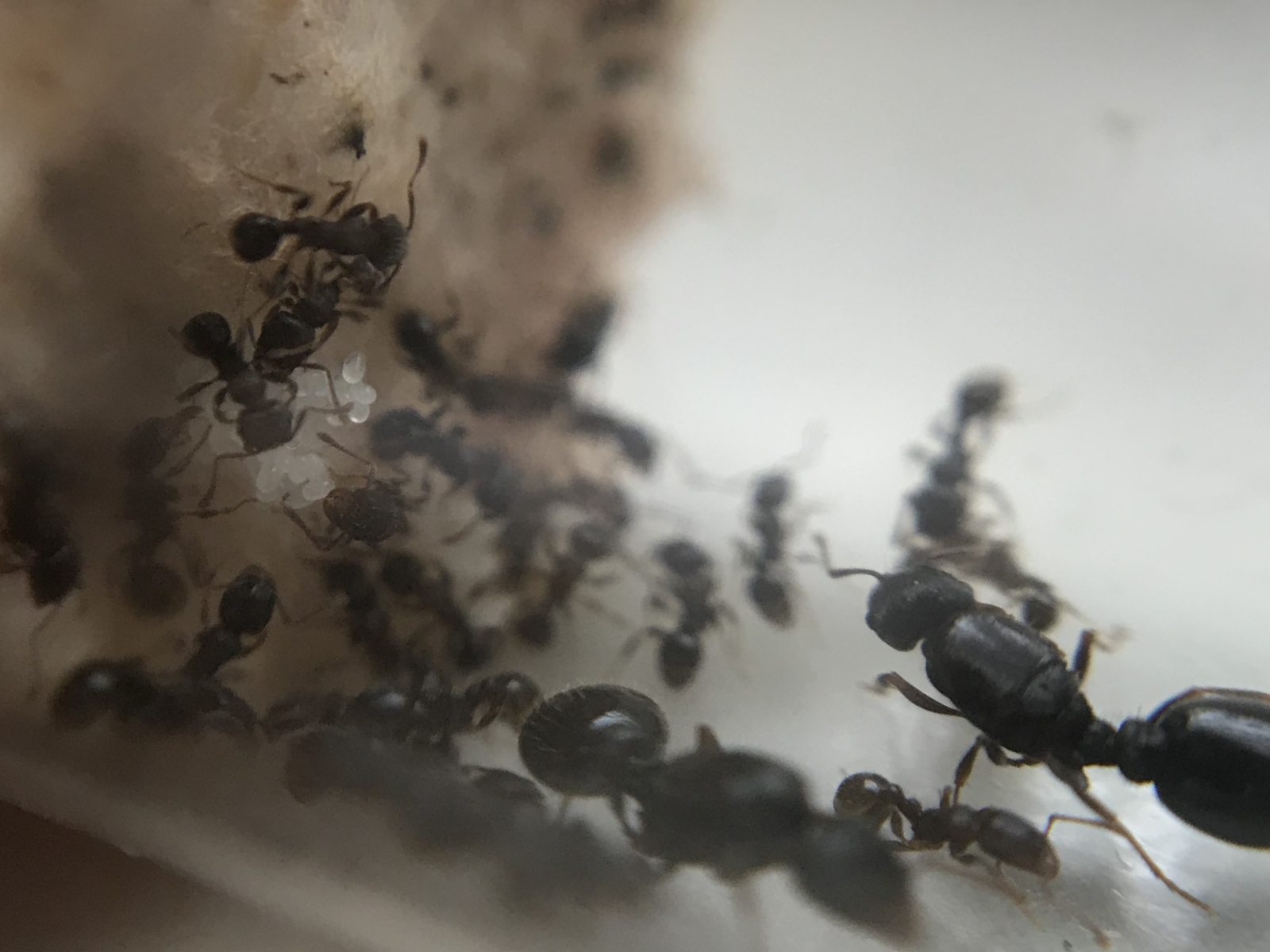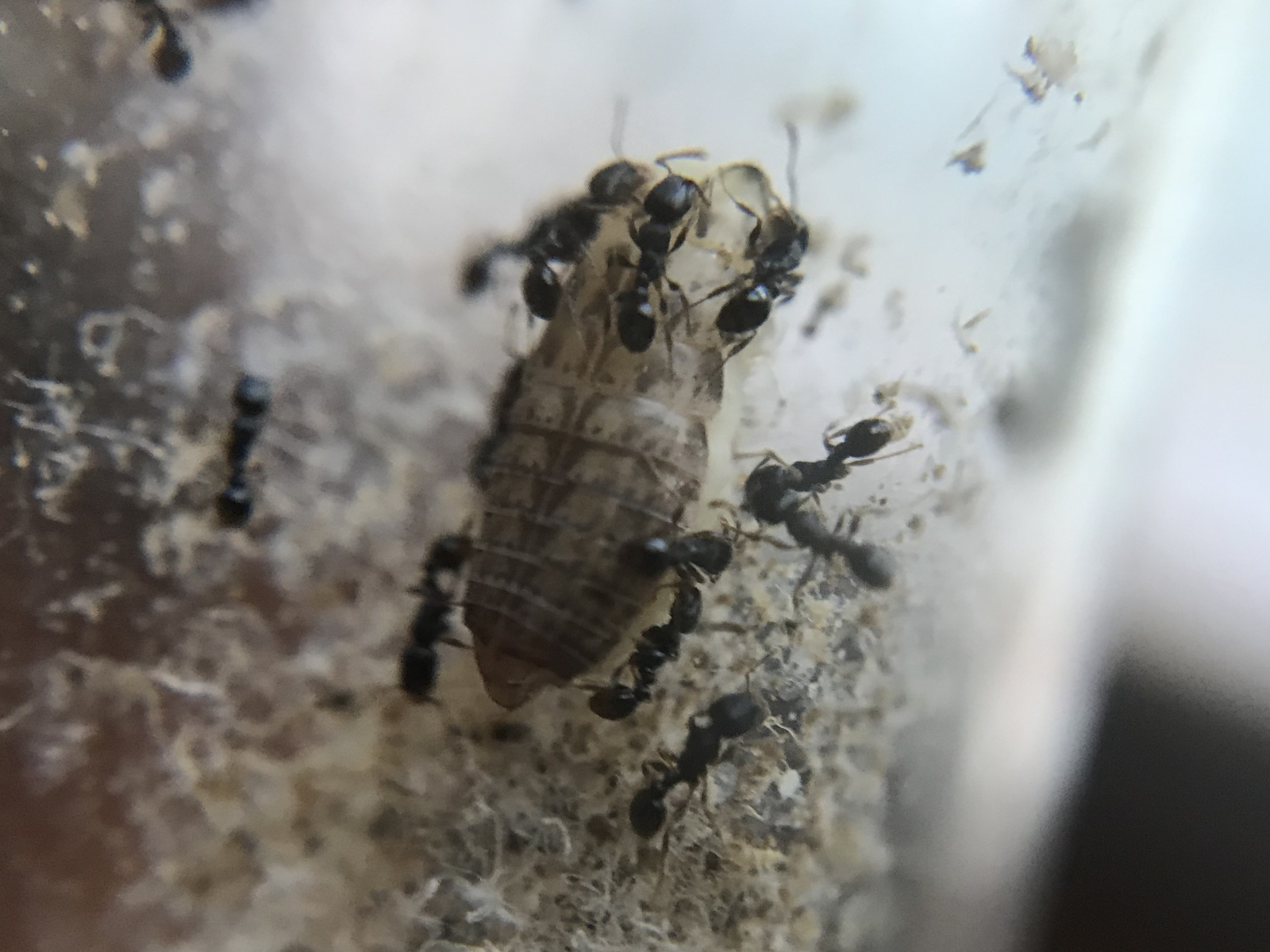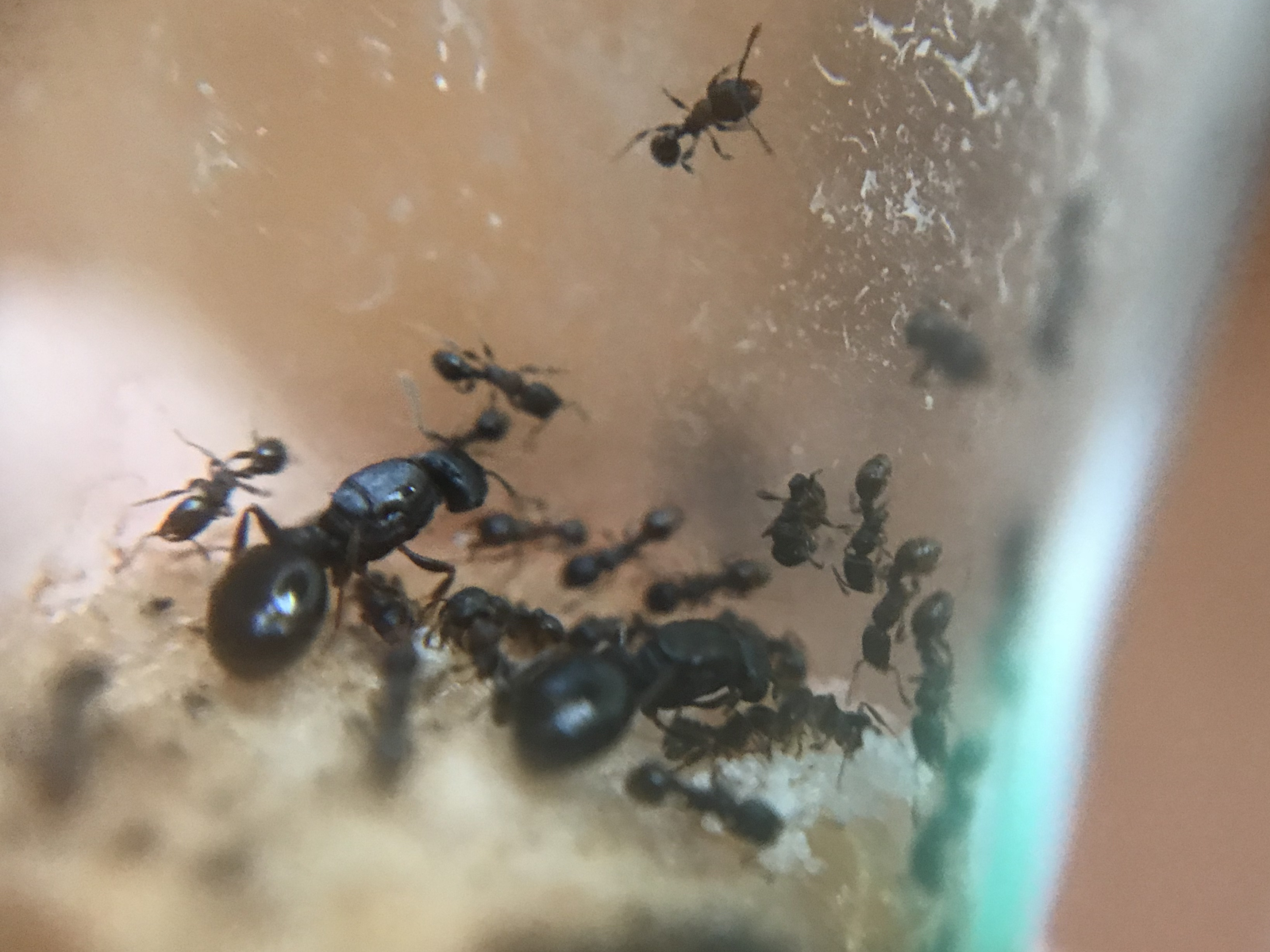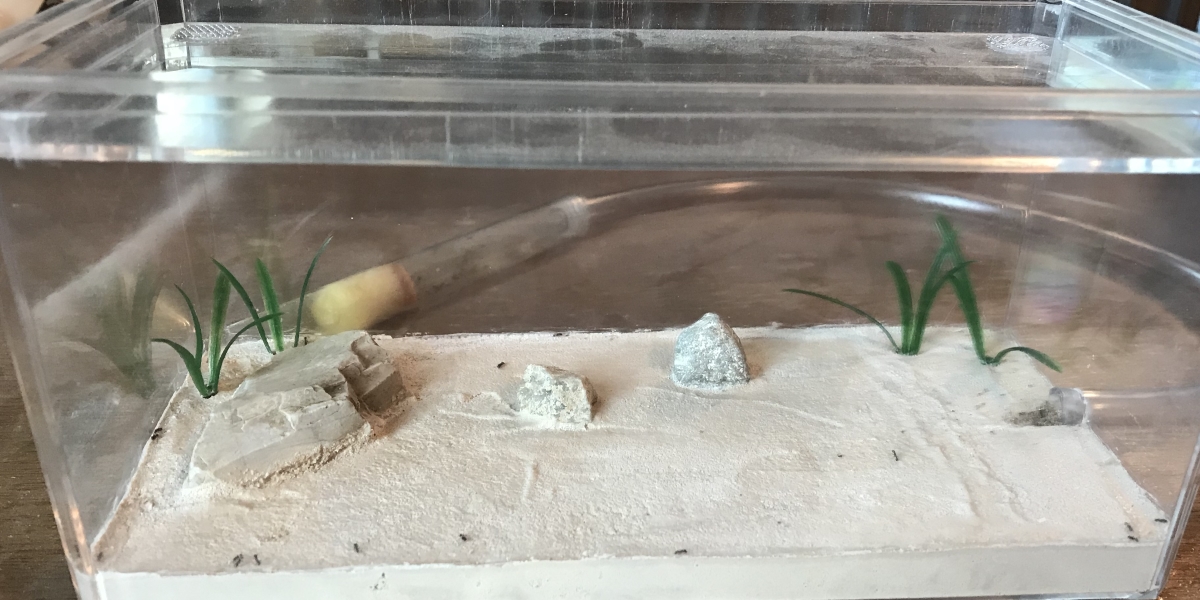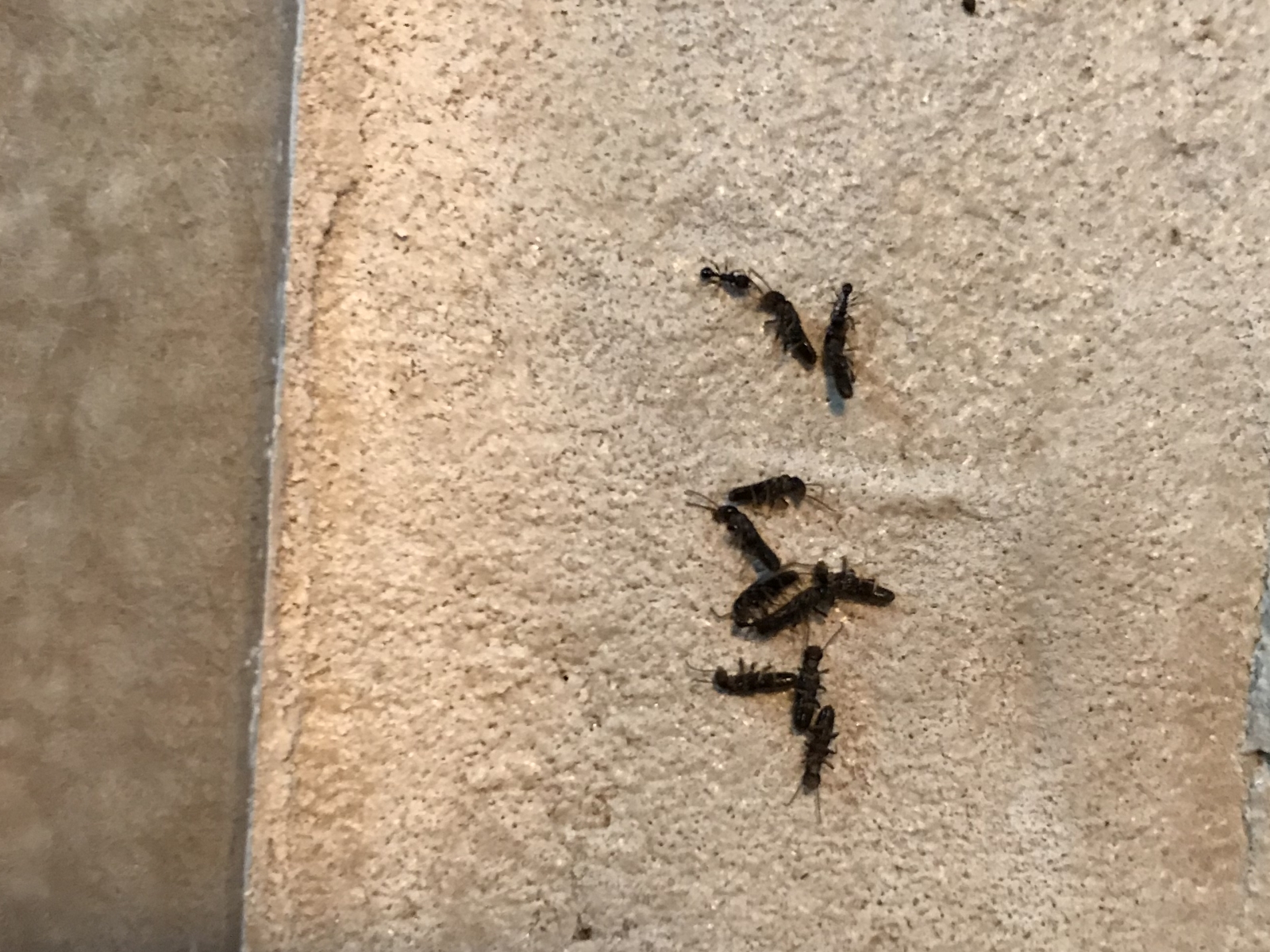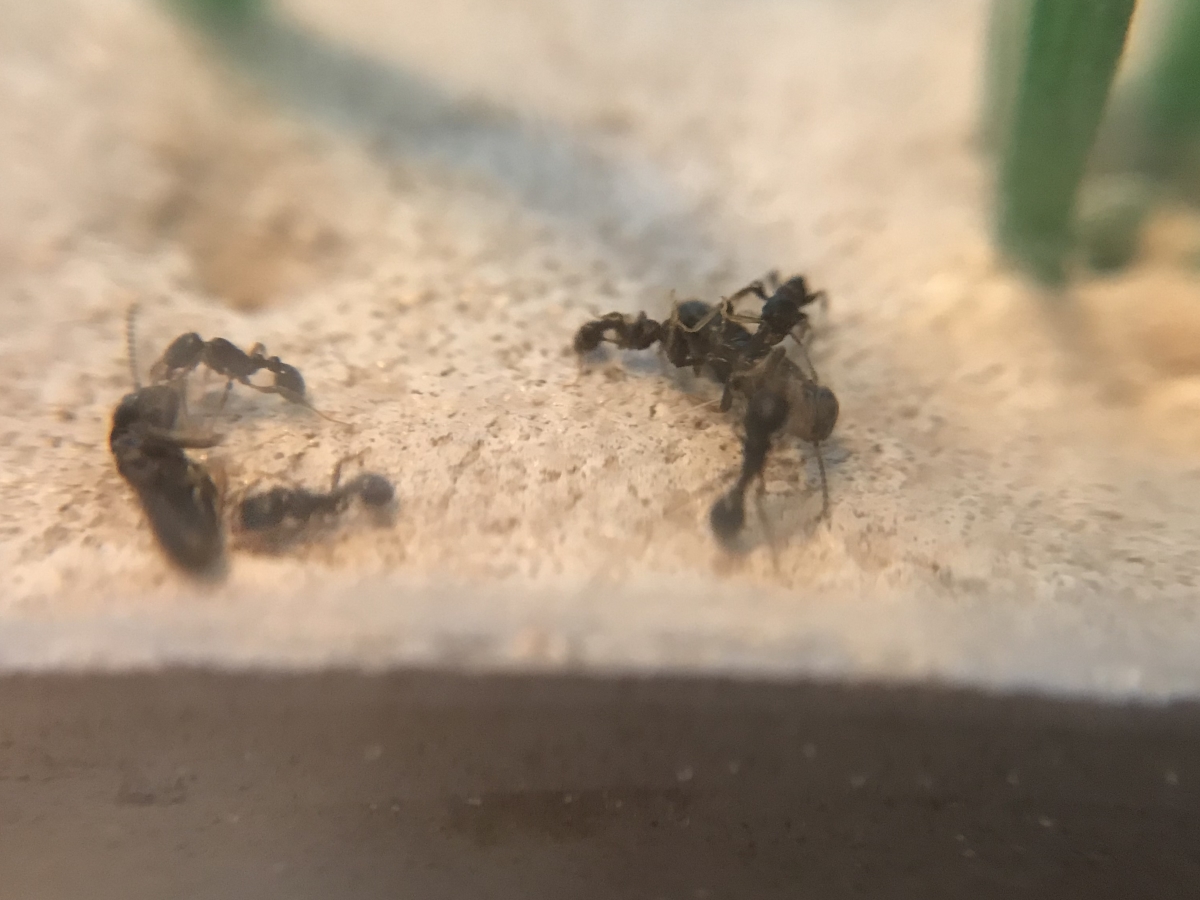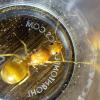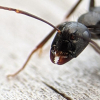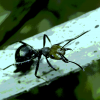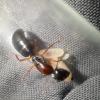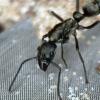About Tetramorium tsushimae
This species is also known as the Japanese Pavement Ant. As the name would suggest, they're native to Japan and other temperate areas in East Asia. However, they've established a small foothold in the US, specifically the St. Louis area. It's thought that they were accidentally imported during the St. Louis World Fair in 1904. Since then they've displaced our common Pavement Ant, Tetramorium immigrans. A study from 2006 indicated that they were continuing to spread along the major highways out of St. Louis, expanding into central Missouri and southern Illinois. There are also reports of them appearing in other urban areas in the US, likely imported from St. Louis or abroad, but it's difficult to confirm due to their similarity to T. immigrans.
Differentiating T. tsushimae from T. immigrans isn't easy. There appears to be three observable differences. The easiest but least consistent difference is their coloration. Some colonies appear the have a notably lighter mesosoma. An example can be seen here. However, I've examined various colonies in the St. Louis area and have yet to find any with this coloration, so it may not be a very consistent indicator of the species. Photos of this species in their native range seems to show both variations. The second difference between the two species is their size. T. tsushimae workers tend to be between 2.5-3.0 mm and the queens are about 6.0-6.5 mm. In both cases this is a little bit smaller than T. immigrans. The third difference is that T. tsushimae is highly polygynous. In observing numerous different colonies, I've yet to find one that didn't have multiple queens. Simply flipping over a rock or disturbing a small mound often reveals at least two or three. This contrasts with T. immigrans colonies, which are usually described as monogynous past the founding stage. In order to feel more confident in differentiating the two species, I previously contacted Dr. James Trager and he suggested that T. tsushimae's limited range, smaller size, and polygynous nature are some of the best characteristics for an amateur identification.
Because I live in the one part of the US where this species is common, I've taken some time to observe their behavior. On an individual level, they seem very similar to T. immigrans. However, there are some differences in overall colony behavior. As mentioned above, their colonies often contain many queens. I haven't confirmed whether all of the queens are fertile, but the ones found in the nest are all wingless and never travel outside. This leads me to believe that they are. Their colonies do have nuptial flights in the summer, around late June and early July. The flights seem to start once morning temperatures reach about 75-80°F. However, the term "flight" might be misleading. I spent several mornings watching their nest entrances and some of the queens leave already wingless. This makes me think that these queens have already mated in the nest, like some other polygynous species do. Once the queens leave the nest, they often fall victim to the workers of other colonies. Shortly after sunrise. it's easy to find large clumps of workers attacking queens on the sidewalks. However, the queens themselves don't seem to be aggressive towards one another. I've put up to five queens together and they never attacked each other. However, the survival rate among the queens I caught was quite low. About 75% of them died before the end of the year. The deaths appeared to be natural. Interestingly, all of the winged queens I caught died.
My Colonies
3/8/18
I have two colonies of these, but will only be following one here. This colony contains two queens. Both were caught in early July of last year. There was originally one additional queen with them, but she never shed her wings and eventually died. It took a little over a month for their first workers to arrive. The colony gradually grew until I put them into hibernation at the start of November. They numbered about 40 workers at that time. I kept them in a wine chilller set at 50°F and took them out this past week. There were a few casualties due to a little bit of leaking within the test tube. Four or five workers drowned. In order to keep the colony safe I moved them into a fresh test tube. Currently they don't appear to have any eggs or larvae, so it'll be a little bit before the colony starts growing again. I'll update again once some more workers are on the way.
Here are a few pictures of them after the move.
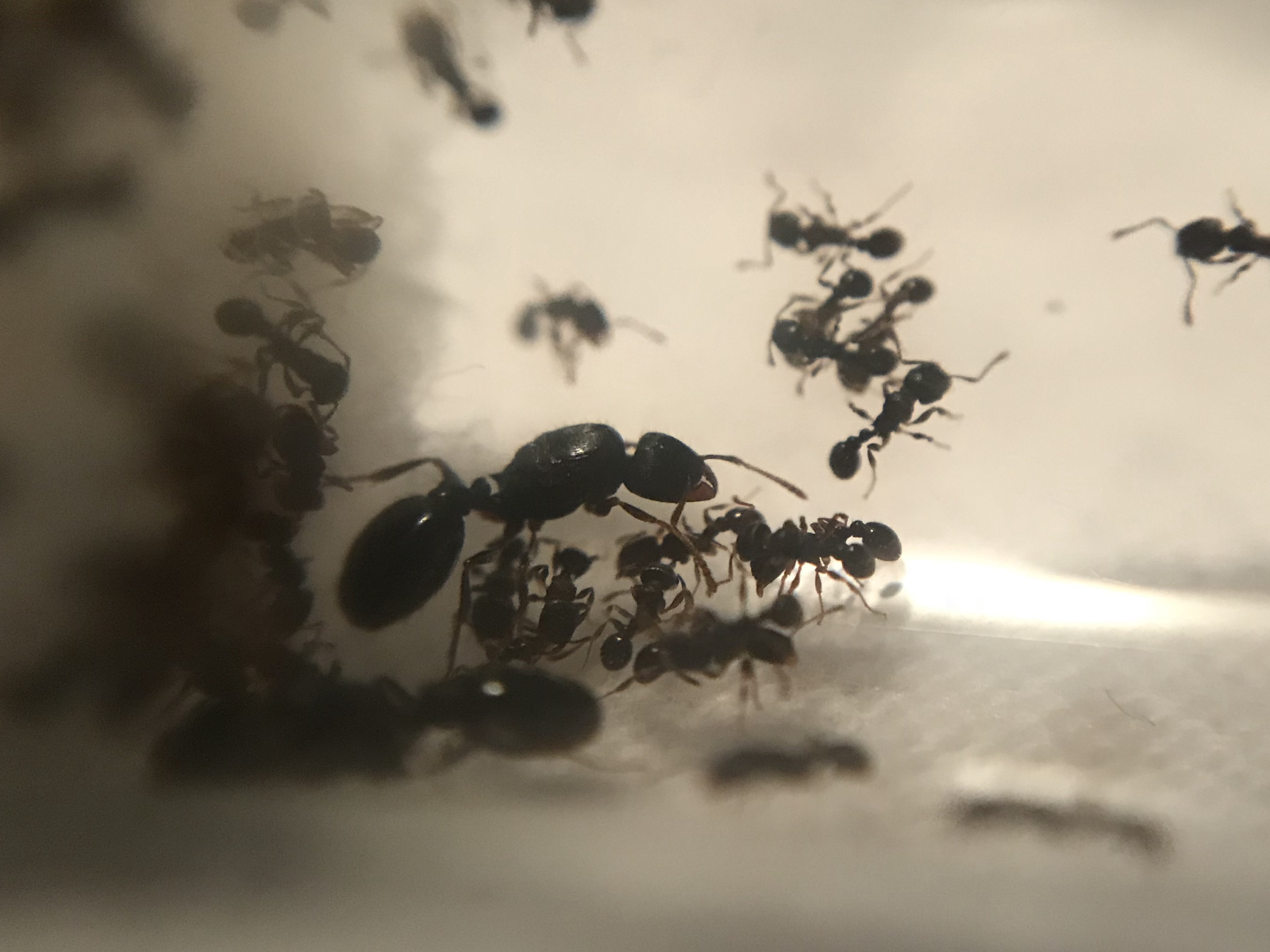
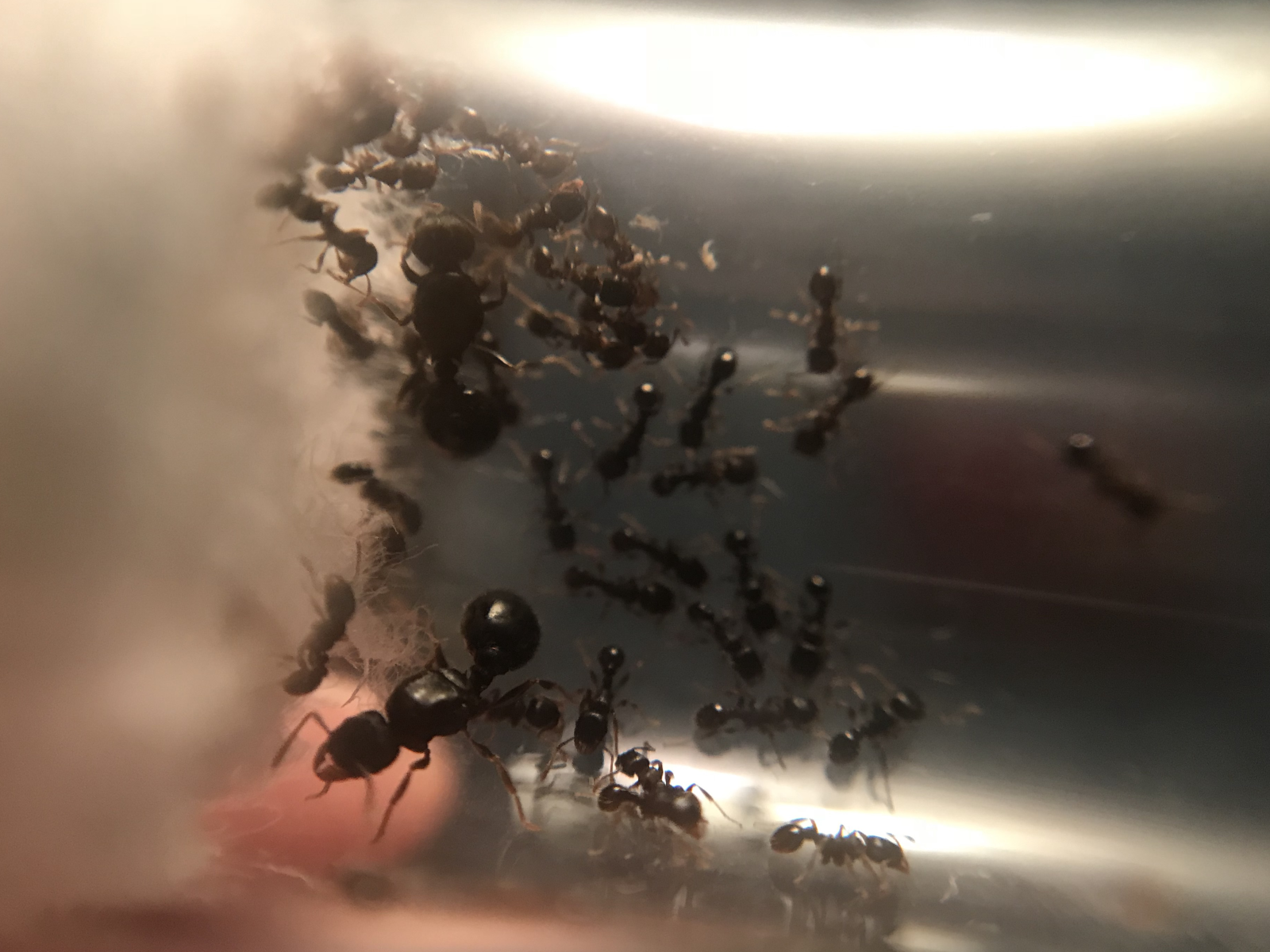
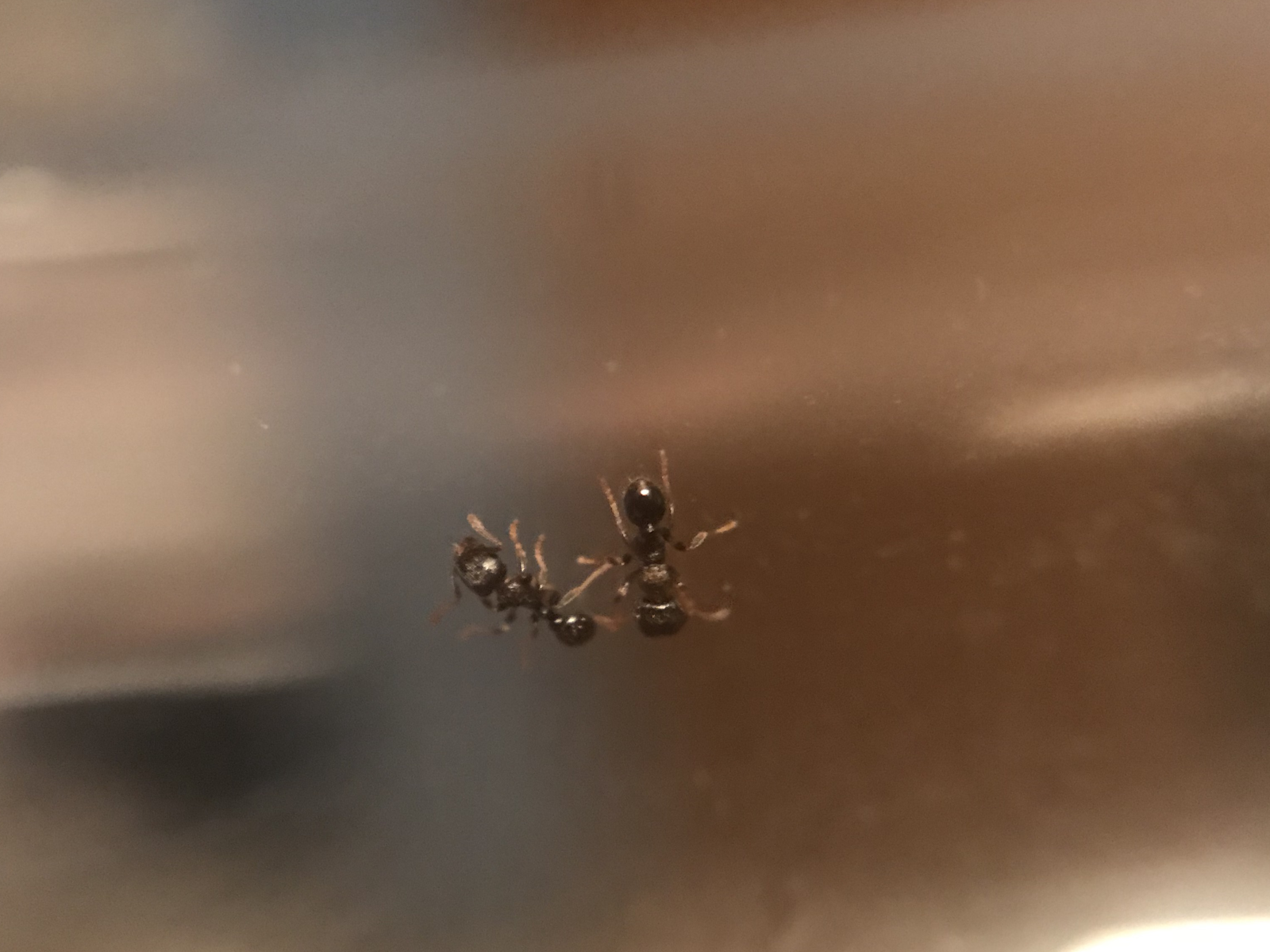
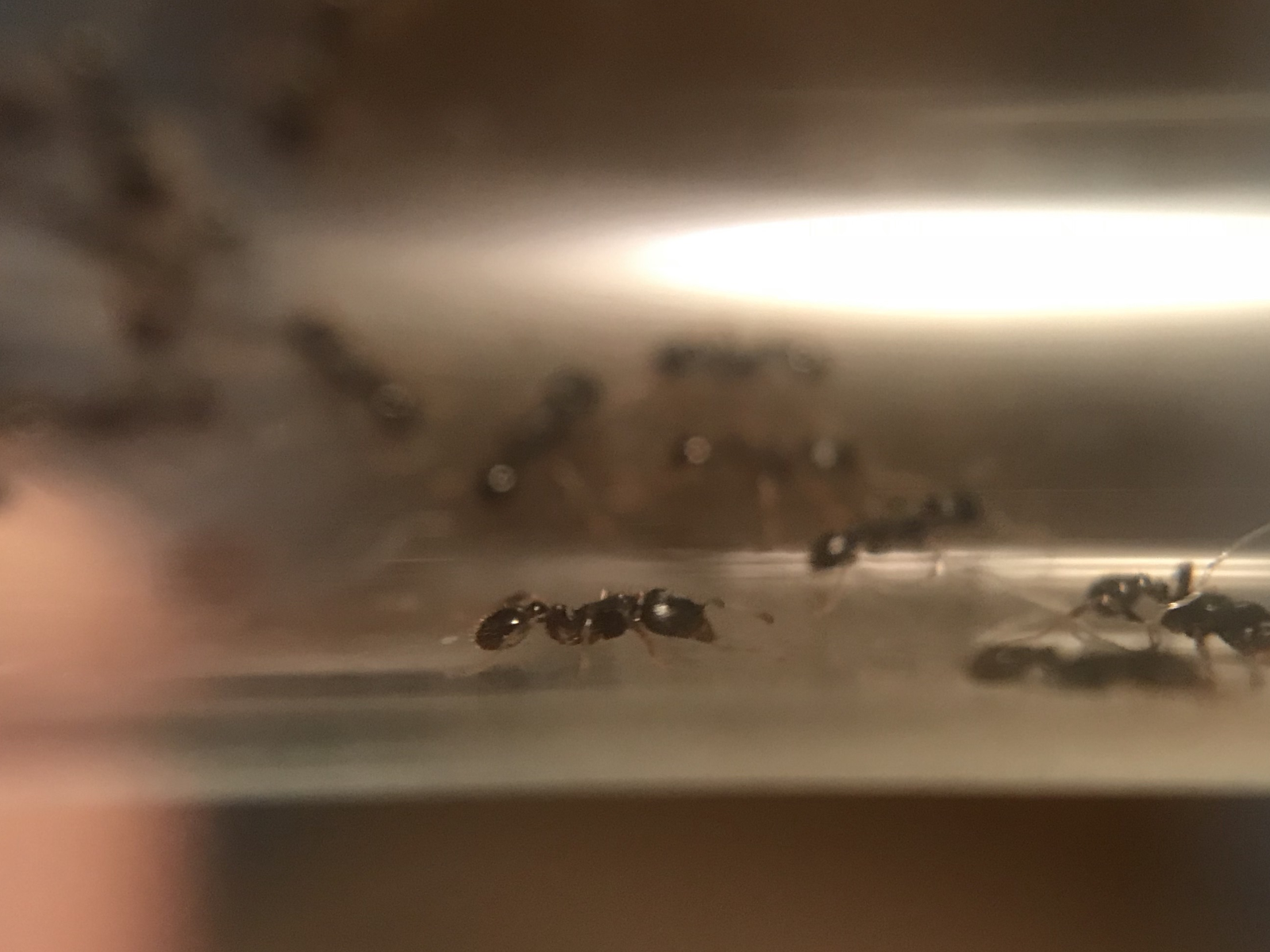
Close up of a worker from the side







